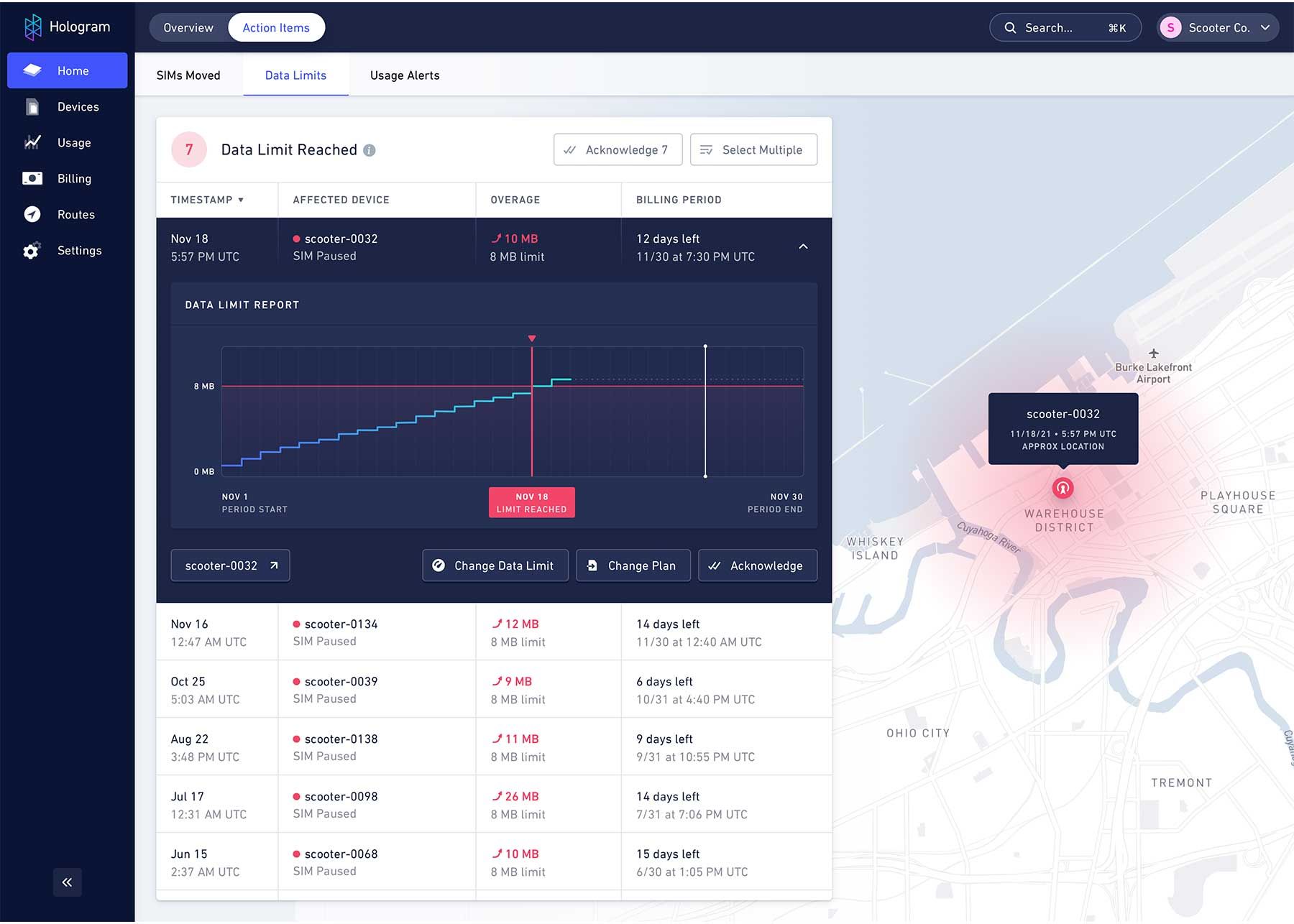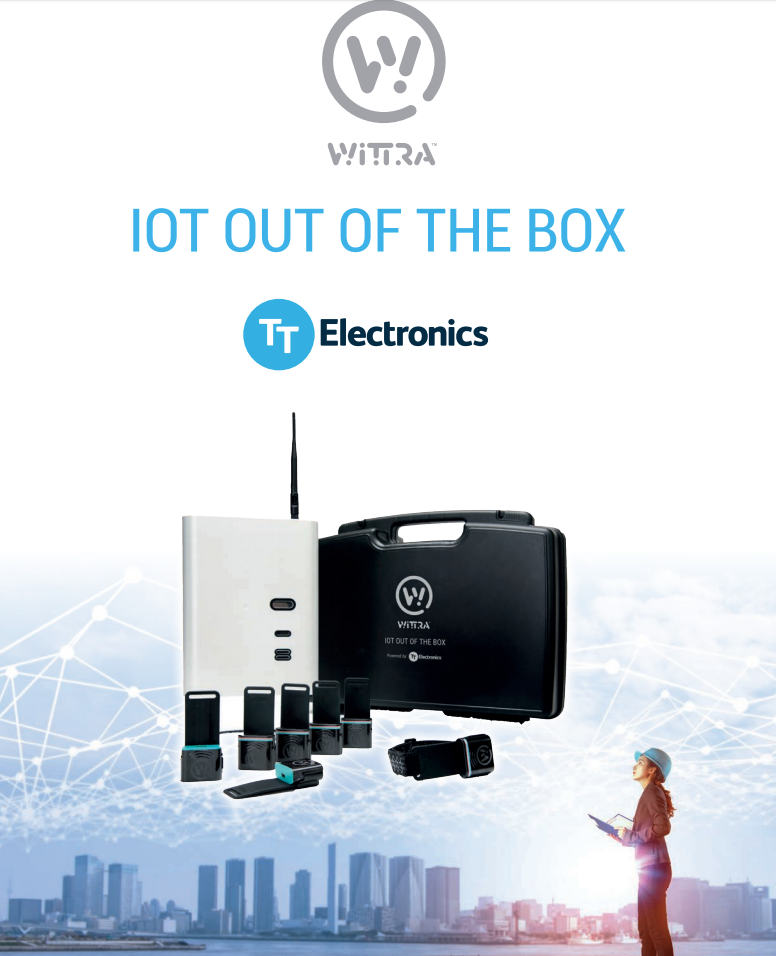Guide to IoT asset tracking and industries benefiting the most Circuit Diagram This guide explores how IoT enhances asset tracking, offering benefits across various industries and tips on how to find a solution that suits your needs. Key Takeaways: IoT asset tracking efficiently monitors physical assets, enhancing operational efficiency and security. It utilizes devices like GPS tags and smart labels for real-time monitoring.

How Does an IoT-enabled Asset Management and Monitoring Solution Work? An IoT-enabled asset management and monitoring solution can transform asset management by leveraging IoT technologies to enhance visibility, control, and efficiency in managing various assets. Here's a breakdown of how it works: 1. Introduction Businesses are recognizing the potential of location based systems, which gives them the ability to track and manage their assets, improving operations. By having a robust asset tracking system in place, organizations gain the capability to capture real-time insights and make informed business decisions. Some common Internet of Things (IoT) use cases for AWS […]
Enabled Asset Tracking: Optimize Resources with Real Circuit Diagram
Retailers most often deploy IoT asset tracking to monitor inventory levels and keep tabs on the movement of goods through their supply chain, from the warehouse to the sales floor. IoT-enabled asset tracking in the retail industry is particularly prominent when it comes to vending machines and point-of-sale equipment.

We also discuss the steps to implement an IoT tracking system in your organization and explore how advanced solutions like RedBeam can step up the efficacy of your operations. Main Takeaways From This Article: IoT asset tracking enhances the visibility of asset location and operational efficiency through accurate data and analytics. The core benefit of IoT asset tracking is that it provides real-time insights into the location of your inventory items. IoT asset tracking lets you offer more precise shipment tracking to customers and build more advanced insights into your logistics timeline. Depending on your operation, real-time asset tracking can be fully automated

What is IoT Asset Tracking and its benefits Circuit Diagram
By implementing an IoT asset tracking system, the company equipped its fleet with GPS-enabled sensors. These sensors provided real-time location data, which significantly improved route optimization. As a result, the company saw a noticeable reduction in fuel costs and improved delivery times, ultimately enhancing customer satisfaction. What is IoT-Enabled Asset Tracking? IoT-enabled asset tracking refers to the use of IoT devices and sensors to monitor the location, status, and movement of physical assets in real time. These systems are commonly deployed in industrial settings, such as manufacturing plants, warehouses, and supply chains. Read Ender's Game Novel Here
